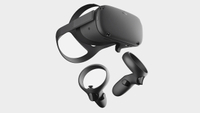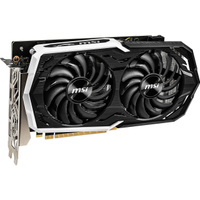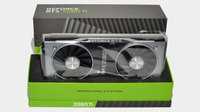The best GPU and VR headset for Half-Life: Alyx
Alyx isn't the most demanding game on PC, but it'll take every bit of video RAM you can throw at it.
A new Half-Life game, eh? I never thought I'd see the day, but quite a few of us here at PC Gamer have spent the past week battling back The Combine's invasion of City 17. For impressions of the game itself, check out our full Half-Life: Alyx review.
My job? To get you into this ambitious headset experience with a minimum of hassle. You'll know by now that Alyx is a VR exclusive. If this game is your entry point into VR, that might leave you with some questions. How powerful a PC do you need? And what headset should you choose?
The short version: Less powerful than you think, and whichever headset you can find. Read on for more details, though.

VR performance
As our partner for these detailed performance analyses, MSI provided the hardware we needed to test Half-Life: Alyx on different AMD and Nvidia GPUs.
Half-Life: Alyx is one of the prettiest VR games I've ever played. It's breathtaking from the first moment you look out over City 17, see the Citadel on the horizon, and think "Wow, I'm here. I'm in it." And given how good it looks, my time in the City has been surprisingly smooth—but then, I've played most of the game on an Nvidia RTX 2080 Ti. What about people with normal PC setups?
Generally I found Valve's presets a bit conservative.
I'd say as long as you have an AMD RX 5600 or an Nvidia GTX 1660 Ti, you'll be more than fine, with some caveats.
How did I come to that conclusion? Benchmarking VR games is a bit different than a standard monitor-bound game. You can't just uncap the framerate and see what happens. VR games are locked to the same refresh rate as the headset, so they're either running full-speed (90Hz on the Index) or half-speed (45Hz). Nothing in between. To make matters worse, Valve dynamically adjusts the render resolution depending on what card you're running. There really is no "fair" way to benchmark Alyx.
I settled on a two-pronged approach. SteamVR can display a graph of frametimes, which is how long it takes the GPU to serve each frame to the headset. Generally, anything under 11.1 milliseconds is good. Above that? You'll notice jittering, as the headset tries to compensate for the delayed frames. Without getting too technical: It's bad when this happens. Like, potentially vomiting-on-your-floor bad.
Keep up to date with the most important stories and the best deals, as picked by the PC Gamer team.
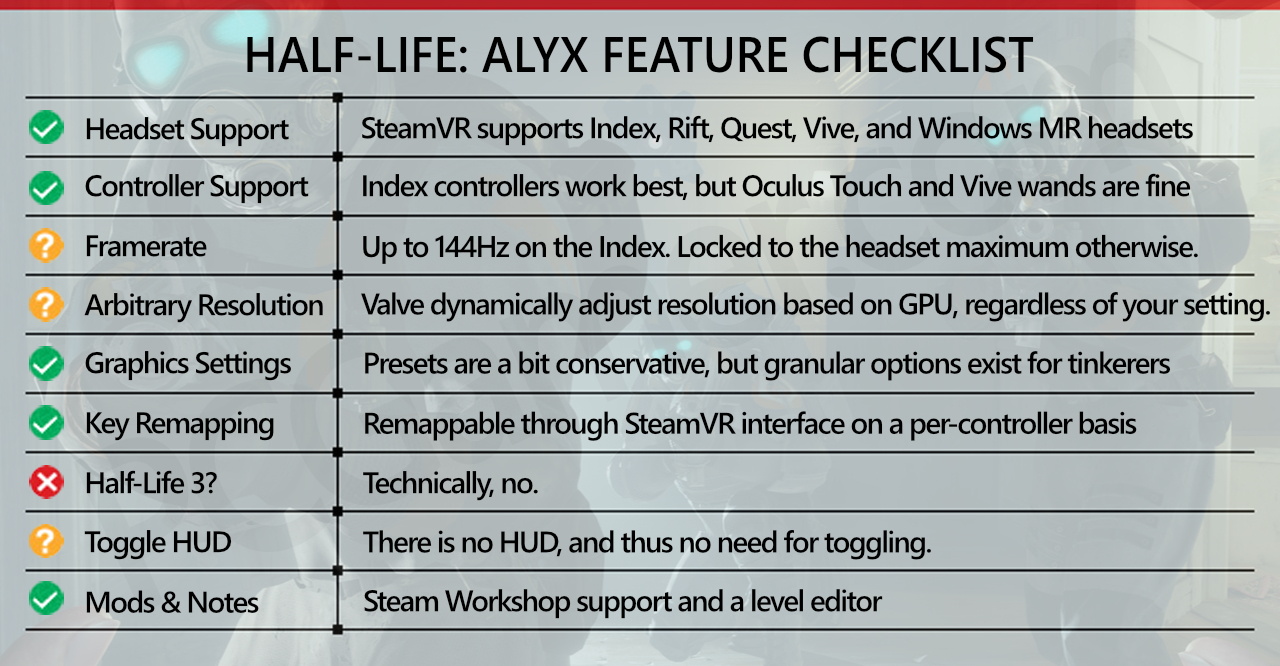
I also used FCAT VR, a tool Nvidia released in 2017. This measures frametimes over a 60-second interval and then uses this data to calculate how many frames per second you would get if you weren't locked to the headset's refresh rate—though again, since Alyx adjusts the render resolution on a per-card basis, you don't get the whole story.
I did what I could though, and used three short sections of Alyx to run my tests—one at the very beginning of the game as a Combine Strider walked in front of City 17's Citadel, another particle-heavy section later on involving a well-meaning Vortigaunt, and a third in the pitch-dark (and headcrab infested) sewers.
Generally I found Valve's presets a bit conservative. They really don't want people to get sick. A 2080 Ti defaults to "High" and not "Ultra," but having run the game maxed out I couldn't tell you why. The situation is even weirder on the AMD side, where an RX 5700 XT defaults to "Medium," despite the equivalent RTX 2070 defaulting to "High." You can definitely bump the RX 5700 XT higher, in my experience.
That said, there is a bottom. At the risk of vomiting on my own bedroom floor, I tried running Alyx on a GTX 1650. The takeaway? Yes, you can do it—but you probably shouldn't. Even on the lowest settings, I experienced massive amounts of tearing and dropped frames.
Our recommendations:
- Low/Medium: A GTX 1660 or 1660 Ti, or an RX 5600 XT, or equivalent.
- High: An RTX 2070 or 2080, an RX 5700 XT, or equivalent.
- Ultra: An RTX 2080 Ti, or some future equivalent.
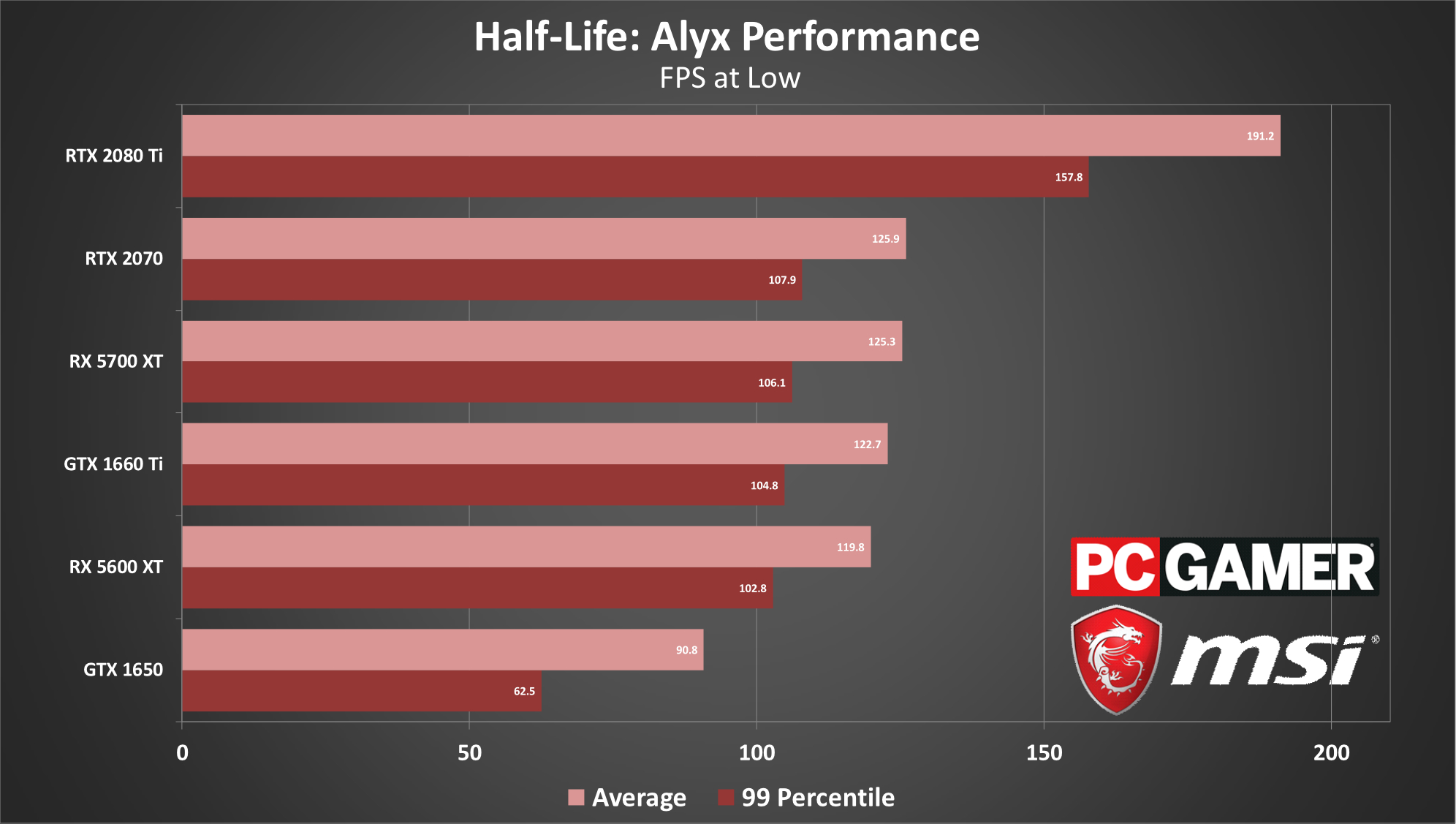
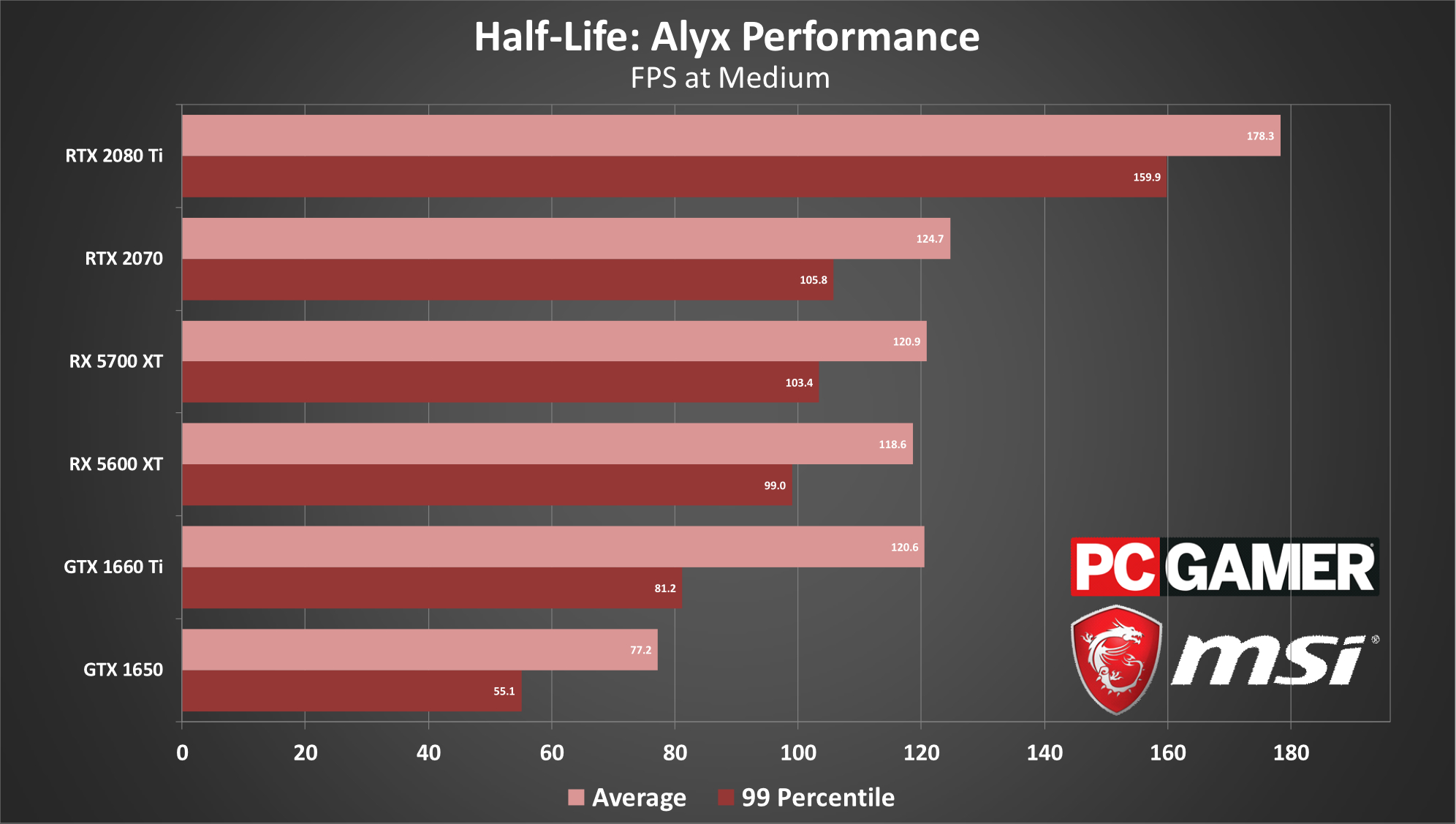
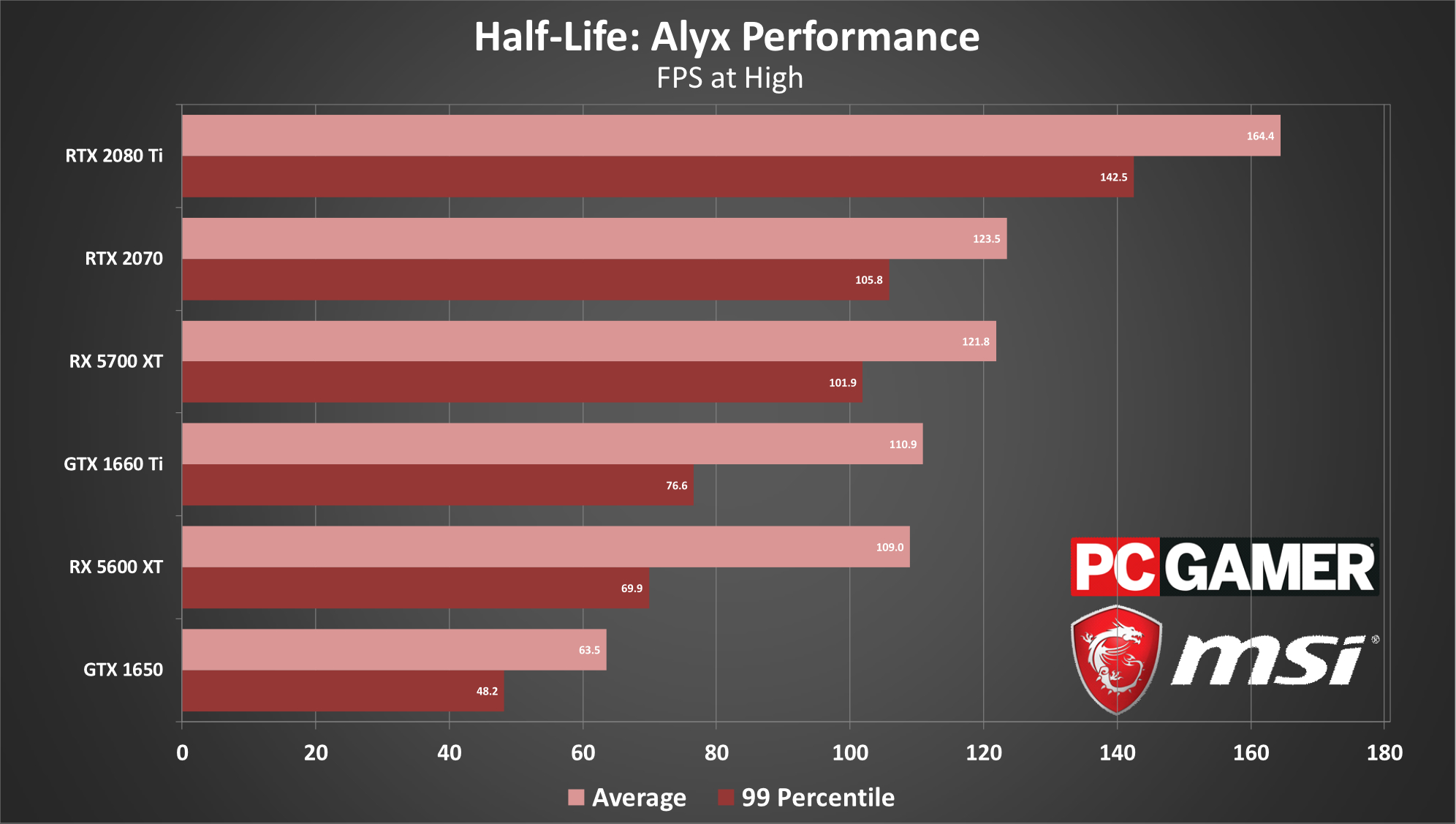
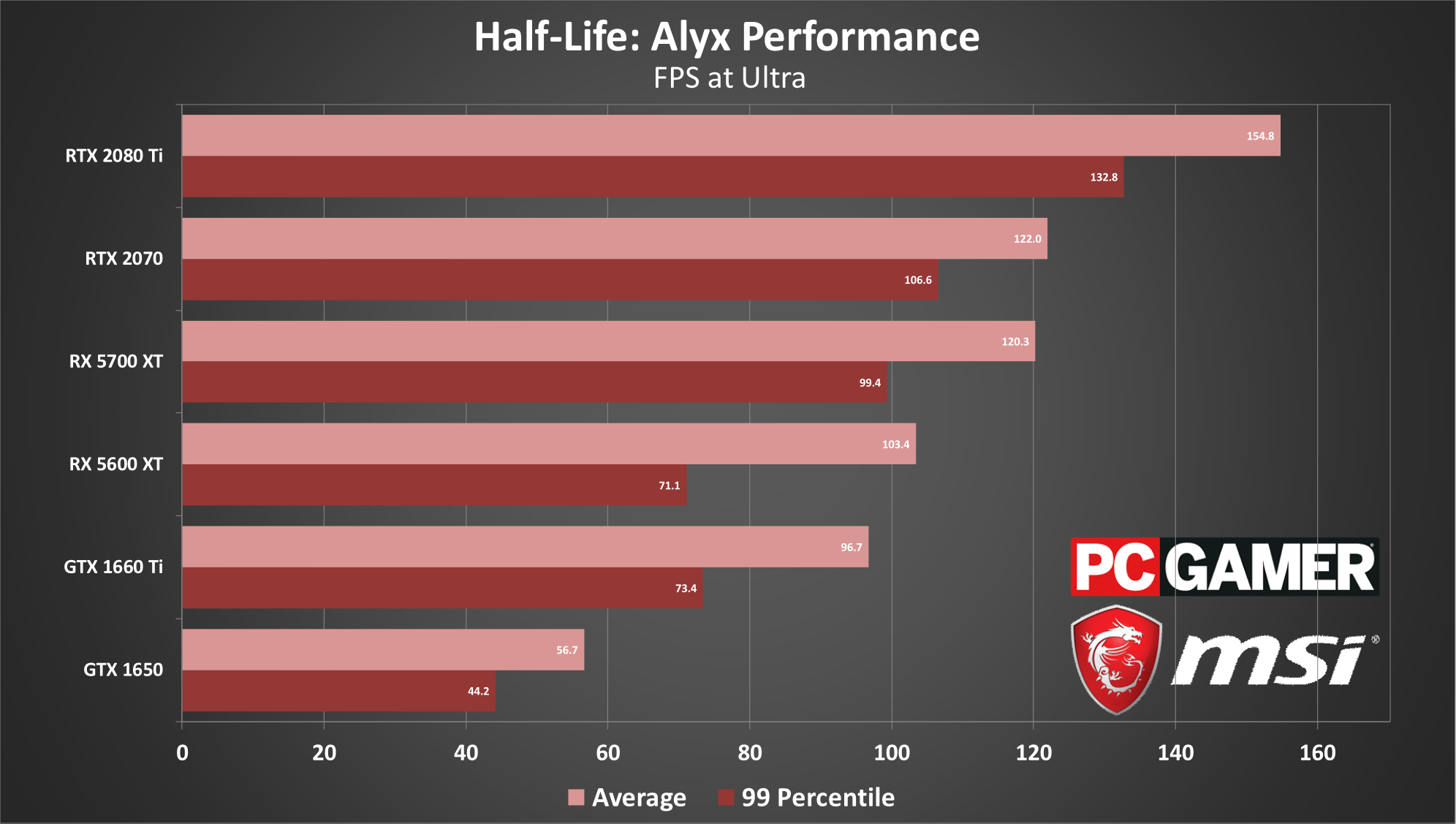
These aren't perfect recommendations, as all headsets are different. The original Vive, for instance, renders at 2160x1200 instead of the Index's 2880x1600. That means you could maybe get away with the GTX 1650 on low, at the cost of a lower fidelity experience.
Regardless, I found Alyx to look pretty decent across all presets. Maintaining a steady 90 frames per second is actually more important—at least in my opinion—than the graphics settings. I didn't notice a huge difference between "Low" and "Ultra" besides fewer wrinkles on a Vortigaunt, or a less vibrant flashlight beam, but there's a definite difference between a smooth and responsive 90Hz and a janky 90Hz with dropped frames. It's the difference between really "being there," and being all-too-aware that you're in a videogame.
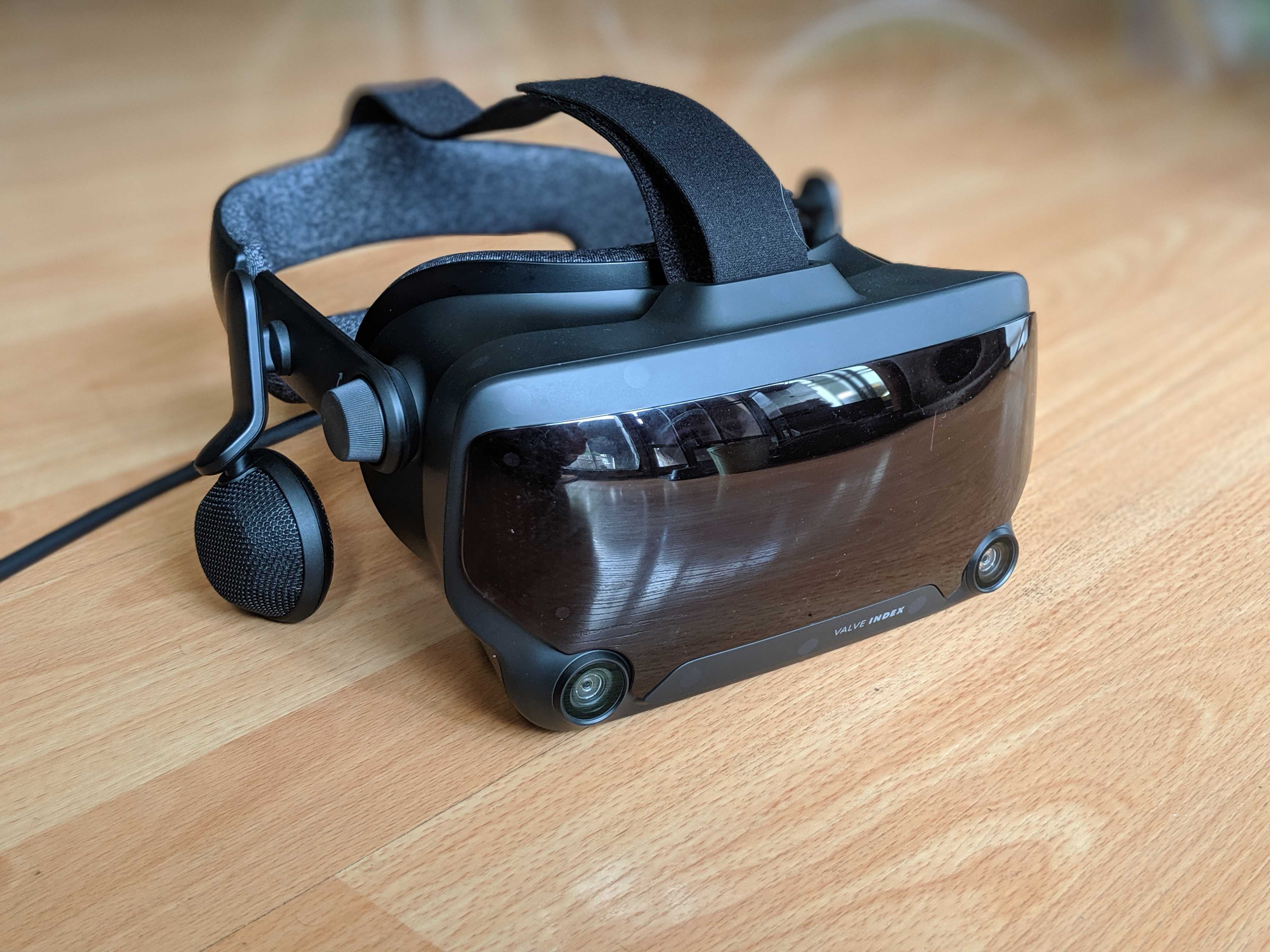
How Alyx feels on different VR headsets
It's the less quantifiable features that make the Index stand out.
Designed around Valve's premium Index headset and controllers, Alyx is nevertheless compatible with a whole host of hardware, from the original Oculus Rift and HTC Vive to the new Oculus Quest and Rift S, and even Windows Mixed Reality. Which should you choose?
If you're reading this in March 2020, the answer is probably not the best VR headset but rather, "whatever you can get your hands on." VR headset stock has been mostly sold out ever since Valve announced Alyx. But assuming you have options, my recommendations are as follows:
Valve Index: Yeah, this one's easy. If you've got a solid gaming PC and $500 to spare (or $999 for the full kit, including controllers and base stations), you should buy Valve's headset. It's the best one on the market. Best resolution, best refresh rate, best audio, best comfort, best tracking, best FOV—basically, the best of everything.
The 2880x1600 resolution means you can easily read all the text on Alyx's various cans of food and posters and floppy disks, while the default 90Hz refresh rate is smooth enough to mitigate motion sickness (to an extent). The Index also offers 120Hz and 144Hz modes for an even smoother experience, though this is more demanding and results in Alyx running at a lower resolution. I've generally found 90Hz to be more than suitable.
Performance aside, it's the less quantifiable features that make the Index stand out. Two speakers hang near your ears, with an audio field so realistic I could usually target most headcrabs before I'd even seen them. And the Index is incredibly comfortable, which is important when you're spending two to three hours inside. Nobody likes foggy lenses or skull pressure, especially when fending off headcrabs.
Lastly, the Index is one of the few modern systems that still relies on base stations for tracking. It's cumbersome to set up, either mounting the two laser-powered Lighthouses to the wall or finding suitable shelves. Taking the time guarantees ultra-precise tracking, though. The Index's second-gen base stations are even harder to fool than the original Vive's, so you'll likely never see Alyx's hand suddenly disappear or fly into space, as occasionally happens with Oculus's tracking.

Oculus Quest: Oculus's all-in-one headset isn't ideal for Half-Life: Alyx, but it's probably your best choice for investing in VR's future. Why? Because it's a mobile headset, entirely untethered from your PC. Wireless VR is a game changer, and if a game runs on Quest then that's how I'm playing it these days, be it Beat Saber or Vader Immortal.
Alyx doesn't run natively on Quest unfortunately, but luckily a single USB-C cable turns Quest into a PC-based headset. The official Oculus Link cable ($80) is your best bet, thanks to its five-meter length and flexible casing.
Quest isn't as comfortable as the Index, nor is its 2560x1440 resolution as sharp, nor is its 72Hz refresh rate as smooth. On raw numbers alone, the Quest can't compete. But you know what? It's good enough, especially if this is your first foray into VR, and at around $500 total (with a Link cable purchase) it's half the price of Valve's system as well. Not bad for a system this flexible.
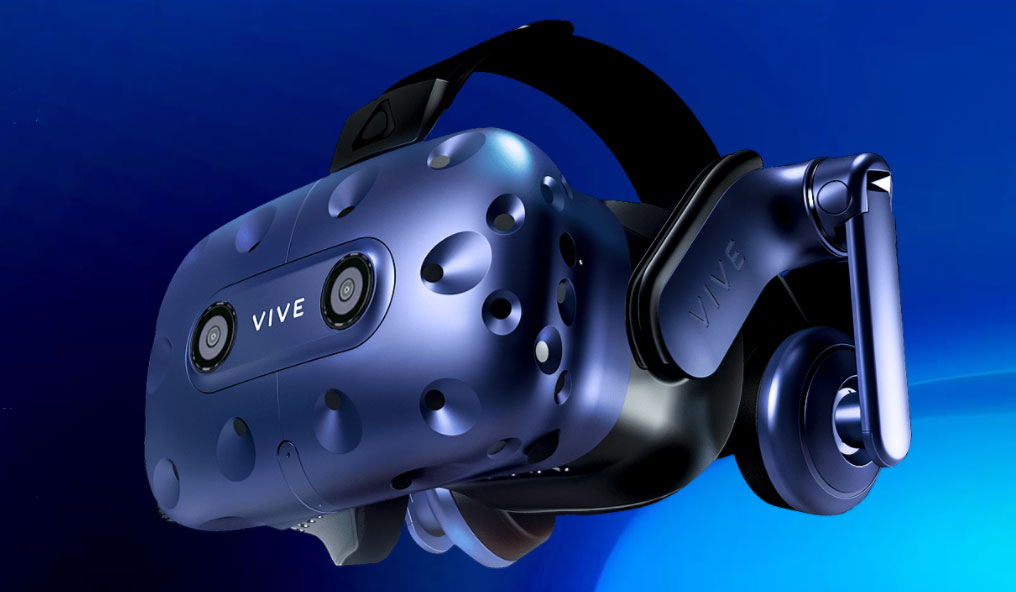
HTC Vive Pro: Chris Livingston, our reviewer, used this headset for his full playthrough (he's played a few hours with a Valve Index as well). The Pro's 2880x1600 resolution is the same as the Index, which makes it easy to read text on posters, the warning label on a pack of cigarettes, the printing on a tiny tube of glue, and other fine details in Half-Life: Alyx.
Chris also found the Vive Pro far more comfortable and well-balanced than the original Vive, and it fit extremely well over his glasses. He even preferred the comfort of the Vive Pro headset over the Index, which felt a bit tight over his glasses. The main drawback is that the Vive Pro headset (by itself) still costs $600, a full $100 more than the Index—and the refresh rate tops out at 90Hz as opposed to 144 for the Index. That shouldn't matter much overall, but still, you're paying more for a less capable headset.
The Vive Pro also uses AMOLED displays, which help shadows pop, but make the so-called screen door effect a bit more pronounced than the Index's RGB LCD panels.
The Quest and Rift S are so cheap nowadays that there's no reason to settle for less.
The rest: Other headsets are perfectly decent options for an Alyx fix, but be aware of the compromises. The Rift S is barely better specs-wise than the Quest, but is always tethered to your PC. Thus it's hard to recommend buying that when Quest is twice as capable and retails for the exact same $400 price.
The original Rift and Vive are harder to come by these days, but are still perfectly serviceable headsets. Of the two, the Vive is less comfortable (unless you purchase the Deluxe Audio Strap) but better performing. It uses the first generation of Valve's tracking solution, and is rock-solid. The original Rift's base station cameras are more limited, and you'll need one USB port per camera—or four total, to power a good three-camera setup and the headset itself. Either way, just know you're getting last-gen hardware limited to a 2160x1200 resolution, which can make it difficult to read text and notice other fine details. The original Rift struggles with high-contrast environments as well, often resulting in "god rays" slightly obscuring your vision.
As for Windows Mixed Reality, I'd generally recommend against it. The HP Reverb is theoretically the "best," but all Windows MR headsets fall prey to the same problem: They only track the position of the controllers through two cameras on the front of headset. If you put your hand behind your head—which you do a lot in Alyx, to grab ammo from your backpack—it can lose tracking entirely and send your hand flying off into space. The Quest and Rift S are so cheap nowadays that there's no reason to settle for less.
Controllers
You'll generally choose controllers based on the headset. The Quest and Rift S both use Oculus's second-generation Touch controllers, while the Index uses Valve's finger-tracking "Knuckles" controllers (or the old Vive wands, but they're not what I'd recommend unless you already own them). You can technically hack your way around the platform limitation and use the Index controllers with the Rift, but… why? Don't do that.
In any case, both the Touch and Index controllers have advantages. The Touch controllers are incredibly comfortable, and feel natural when holding the pistol or picking up a can. Your hand is subdivided into three zones—thumb, index finger, and grip—which allows you to execute most standard motions, i.e. pointing, pressing, grabbing, giving a thumbs up, and so on.
The Index controllers are more advanced, designed to track all ten fingers independently and provide more granular haptic feedback. The controllers also strap in place, allowing you to fully open your hand without dropping the controller. This gives you an even larger pool of actions, and I'll say this: The Index controllers are the only ones that let you flip the ol' middle finger at The Combine. Essential. That said, they also take a lot of getting used to, and can be finicky about finger tracking.
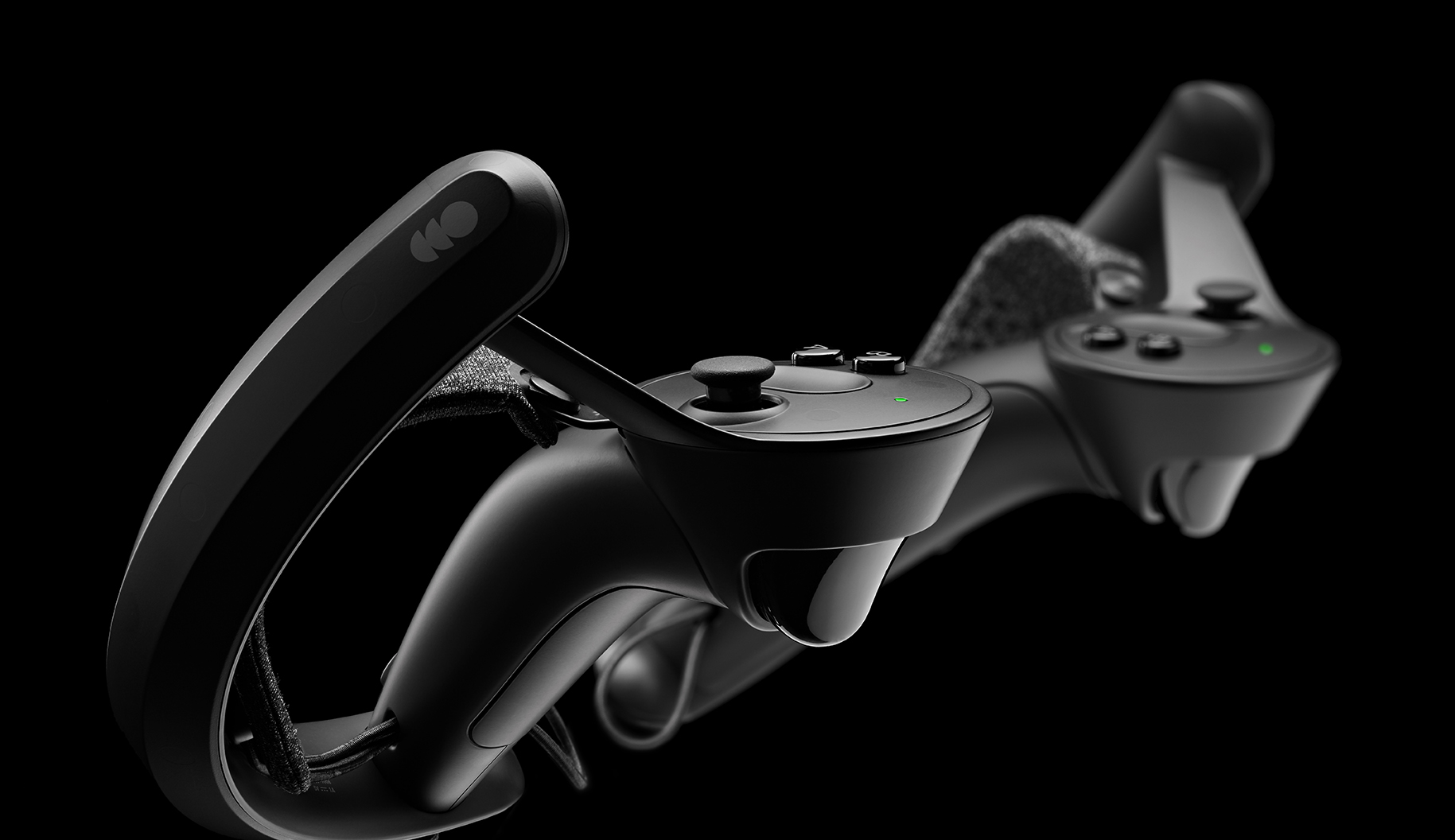
Chris used the Vive Pro wand controllers, which aren't as well designed as the Index controllers. They're large and long, the palm triggers are a bit awkward to activate by squeezing, and the thumbpads aren't as responsive as the Index's thumbsticks. However, Chris found some of the buttons on the Index controllers a little tricky to reach, while the buttons on the top of the Vive controllers can be found easily by moving your thumb. Still, you really can't beat the Index for being able to track the location of each of your fingers, compared to the Vive wands where you have to extend your index finger by squeezing the trigger.
I've personally played most of Alyx with the Index controllers, but that's only because I played most of Alyx on the Index headset. The Touch controllers work perfectly fine, and despite Valve theoretically designing Alyx around the Index's hardware capabilities, I haven't noticed any scenarios where I thought "Hmm, you definitely couldn't do that with Touch" except for crushing cans with the Index's strength-sensitive grips.
Most of the time, it's a matter of elegance. Healing, for instance, requires laying your hand flat on a panel. That's easily done on the Index but a bit weird with the Touch controllers, which you still "hold" even when the game shows your hand open. Still, I doubt it's enough to make Oculus owners envious.
What's a minimum-viable GPU for Half-Life: Alyx?
Valve's minimum spec for Alyx lists a GTX 970 or AMD RX480, but I wouldn't want to play the game on either those cards. From my testing, running Alyx on a GTX 1660 or RX 580 is the lowest I'd tolerate playing the game on, and probably the true bare minimum you could get away with, assuming you're playing on an old HTC Vive or first-generation Oculus Rift.
Our recommended hardware for playing Half-Life: Alyx
The best headset: If you're going to spend around $1000 on VR hardware, the Valve Index is objectively the best experience you can ahve. You might consider an HTC Vive Pro, though, if you wear glasses.
The second-best headset: Alternatively, the Oculus Quest is a cheaper entry point into VR, and one that requires almost zero setup to get going.
The best GPU: Based on my testing, Alyx is a great experience on an RTX 2070 on high settings. The AMD equivalent, an RX 5700 XT, should perform about just as well.
Upgrade pick: If you're going all-out, though, you can't miss with an RTX 2080 Ti. It's a little like dropping an atom bomb on an anthill, though—know that you'll be paying for slightly more than you need to run Alyx on the best settings.
Laptop pick: I wouldn't recommend running VR games from a laptop. It's a matter of practicality, as one tangled cable or quick movement could yank your laptop off its perch and onto the floor. That said, if you're going to try, the MSI GP65 Leopard and its RTX 2070 is probably your best bet. That's decent horsepower, and at five pounds it also has a decent chance of staying put on your desk.
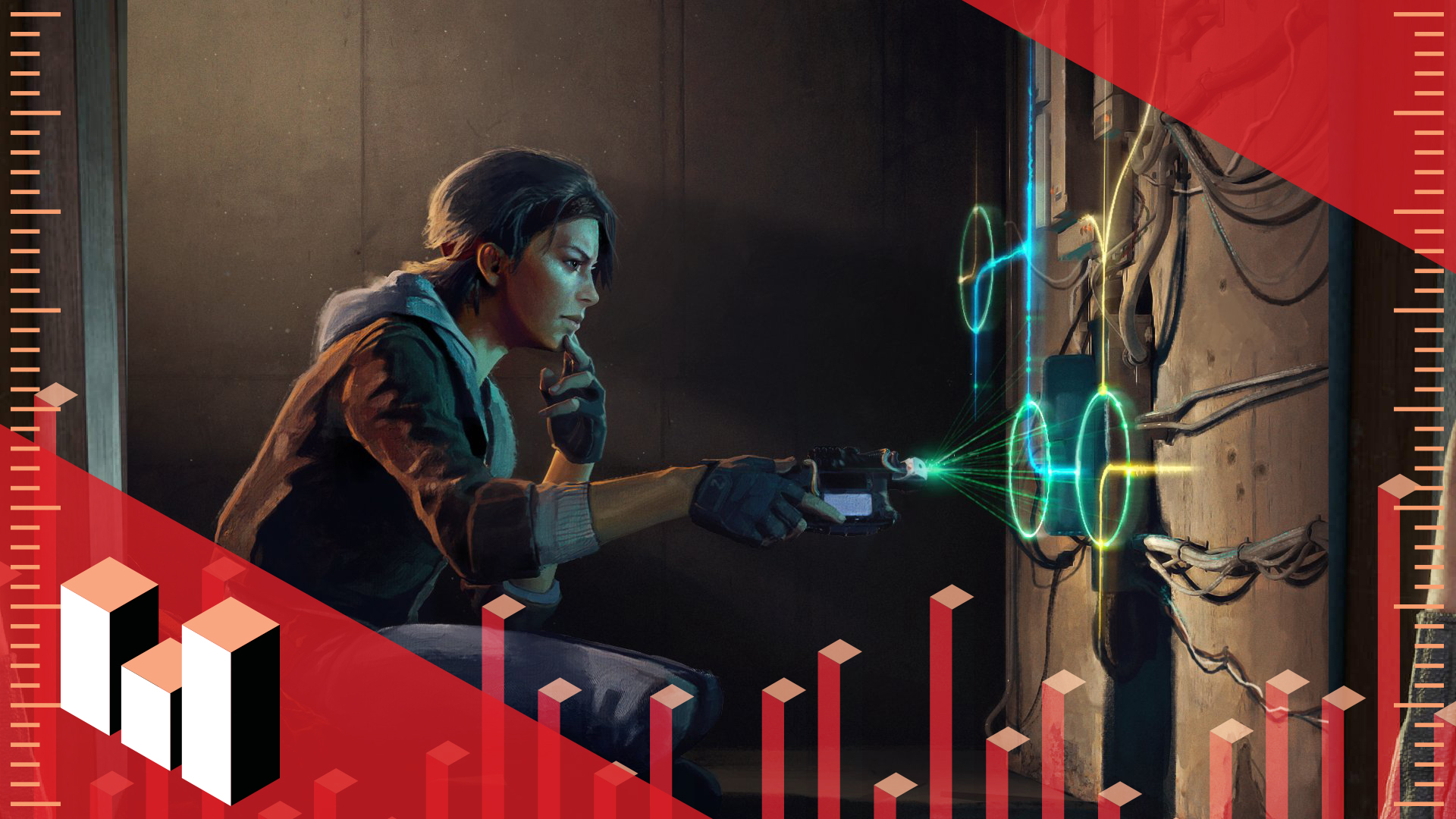
Footnotes
Before we go, a few closing comments:
- As I said, the presets on AMD cards seem pretty conservative. I reached out to Valve for an explanation but so far haven't received one. I'll let you know if that changes.
- After spending nearly a year playing primarily wireless VR games on Quest, it sure is annoying dealing with a cable underfoot again.
- The laser sights are absolutely essential weapon upgrades in Alyx. Save up for them. Otherwise you'll be squinting down the iron/reflex sights until your eyes go crossed.
- Headcrabs are larger than I expected.
- I played most of the game with the continuous motion setting (as opposed to teleporting-based movement). It was tough. I recommend Dramamine.
Desktops, motherboards, notebooks
MSI MEG Z390 Godlike
MSI MEG X570 Godlike
MSI Trident X 9SD-021US
MSI GE75 Raider 85G
MSI GS75 Stealth 203
MSI GL63 8SE-209
Nvidia GPUs
MSI RTX 2080 Ti Duke 11G OC
MSI RTX 2080 Super Gaming X Trio
MSI RTX 2080 Duke 8G OC
MSI RTX 2070 Super Gaming X Trio
MSI RTX 2070 Gaming Z 8G
MSI RTX 2060 Super Gaming X
MSI RTX 2060 Gaming Z 8G
MSI GTX 1660 Ti Gaming X 6G
MSI GTX 1660 Gaming X 6G
MSI GTX 1650 Gaming X 4G
AMD GPUs
MSI Radeon RX 5700 XT
MSI Radeon RX 5700
MSI RX Vega 56 Air Boost 8G
MSI RX 590 Armor 8G OC
MSI RX 570 Gaming X 4G
Our testing regimen
Best Settings is our guide to getting the best experience out of popular, hardware-demanding games. This iteration has proved quite a bit different from our usual work, given the unique constraints of virtual reality. We focused primarily on testing the Valve Index on GPUs spanning the high, mid, and budget ranges, and spent some time with the Oculus Quest, Rift S, and original Rift, as well as the HTC Vive and Vive Pro. All of these variables were plugged into a test bed containing an Intel Core i7-8700K with an NZXT Kraken cooler, 16GB of RAM, and a 500GB Samsung 960 EVO m.2 SSD.
We ran our tests on the latest drivers available (Nvidia 442.74 and AMD 20.3.1) and used FCAT VR and fpsVR to do some basic benchmarking, though the focus of this piece is more on the minimum hardware you'll need for Alyx and less on optimizing, as Valve's already (to some extent) handled that aspect for you.

